New York's Lesbian, Gay, Bisexual, and Transgender Community Center has released a new 'Out at the Center' episode in honor of Pride 2008 and the Center's 25th anniversary. The two-part segment, hosted by Teddy Alexander Evans and Laverne Cox, details the challenges of being gay before the Stonewall uprising of 1969 and commemorates the people involved in the political movements that followed Stonewall.
The interviews in part one of the episode described the pressure to conform to heterosexual norms that was ever-present for gays and lesbians in the 50's. Some women married to escape their home life, only to find their same-sex attractions growing. Other lesbians of the time opted not to marry, simply because they didn't want to "cook and clean for someone."
Pauline Ferrera, 69, described in the documentary a particularly frightening instance that was, unfortunately, all too common. Her mother and sister once called the police after discovering Ferrera's relationship with a woman. "You could be arrested if you didn't have [at least] three feminine articles on you," Ferrera explained. She quickly borrowed a friend's shoes and tried to make herself look as feminine as possible before the police arrived.
Thankfully, because of her feminized appearance, the police couldn't do anything that night, but that didn't keep Ferrera from having other dangerous run-ins with the law. "I've been put up against a wall by cops, I've had a gun to my head."
The Stonewall uprising, Ferrera said in the documentary, "made it not so scary to come out."
Part two of the episode addressed what the significance of the Stonewall uprising would have been without the political action that followed. The Christopher Street Gay Liberation Day march, which happened on a sunny day in 1970, may have been the most important political act that could have followed Stonewall.
Despite bomb threats and even death threats, a few hundred people set out to march from 6th Ave to Sheep Meadow in Central Park. "It was a militant march--not a parade," march attendee Jerry Hoose insisted in the documentary. In the matter of an hour, their numbers grew to the thousands until a full-fledged "gay-in" was staged in the park.
The archival footage from Hoose included in the video provides a brand new look into the gay rights movement of the 70's and the Christopher Street march.
During the time of the Stonewall uprising and the Christopher Street march, the concern of the gay rights movement was simply visibility. Now, according to Laura Collins, who was interviewed in the episode, she and her partner are focused on insurance, inheritance, and hospital visitation.
While the scope of the gay rights movement has changed dramatically in the past forty years, the foundation was created by the men and women who, in the 1950's, 60's, and 70's, defied convention and struck out bravely toward equality.
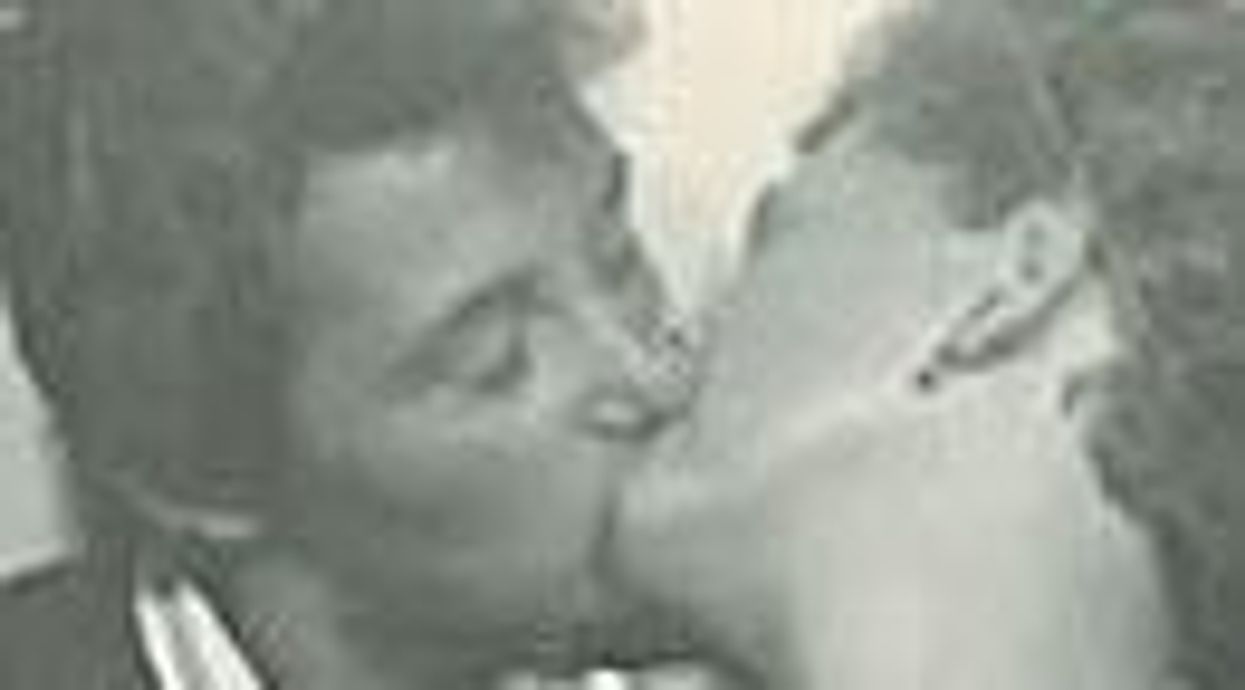







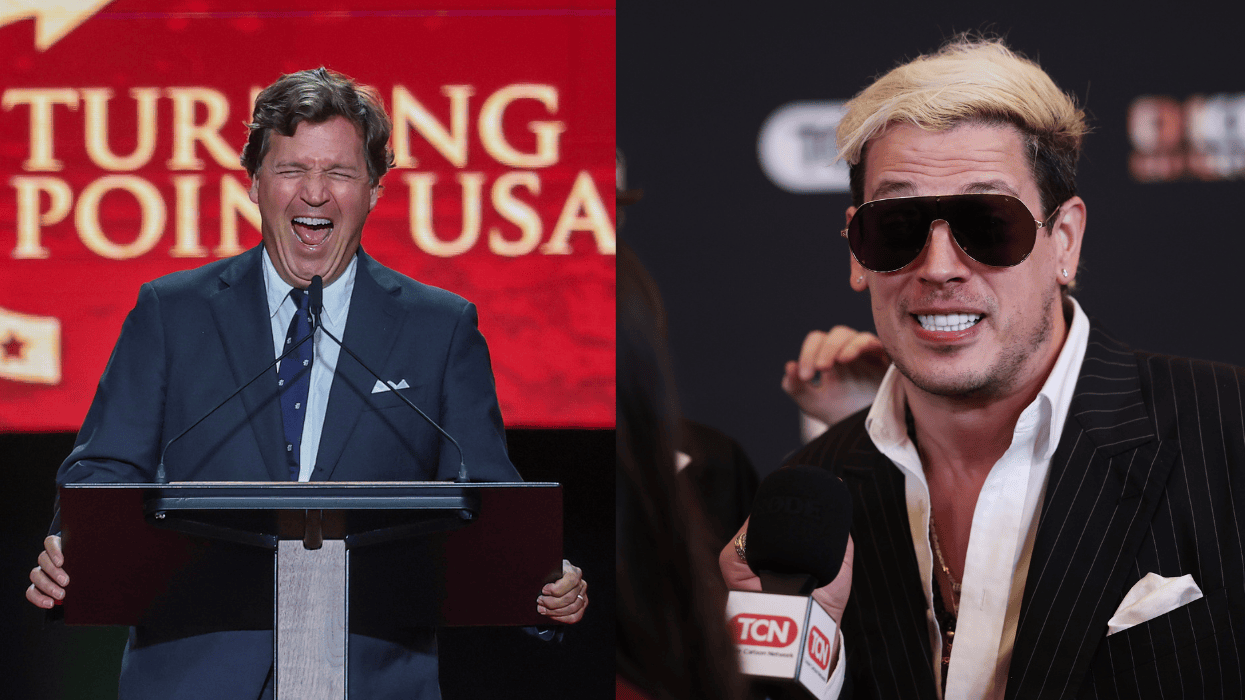
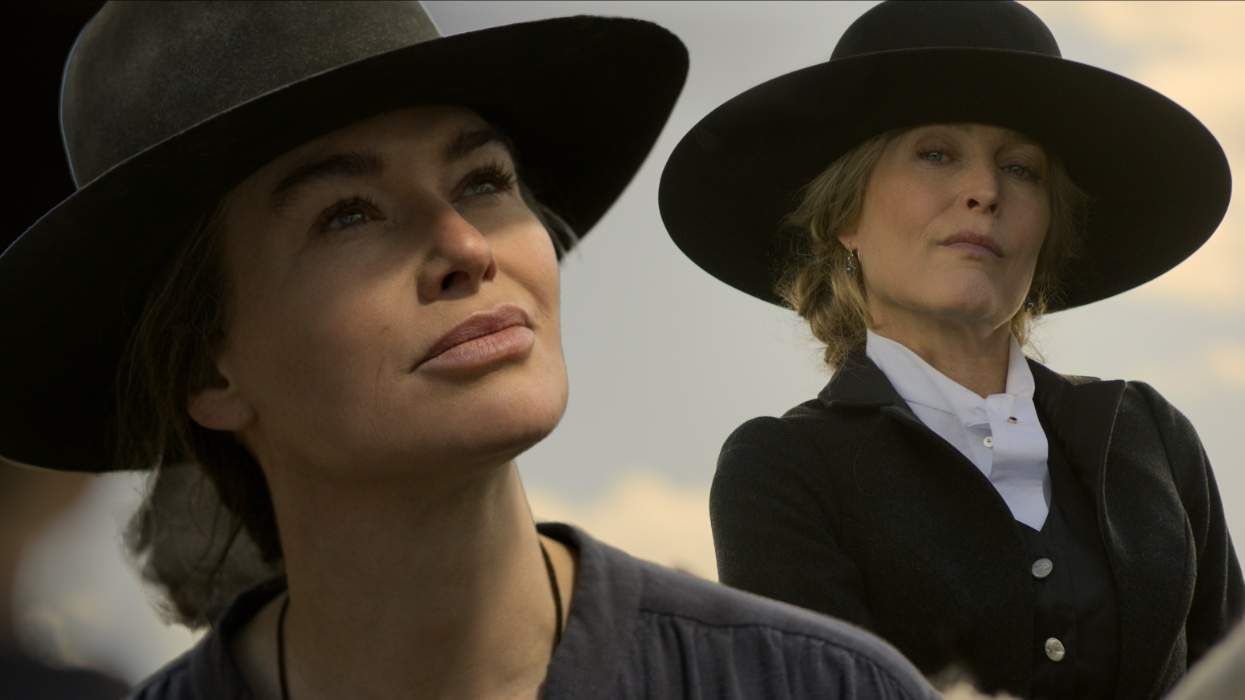
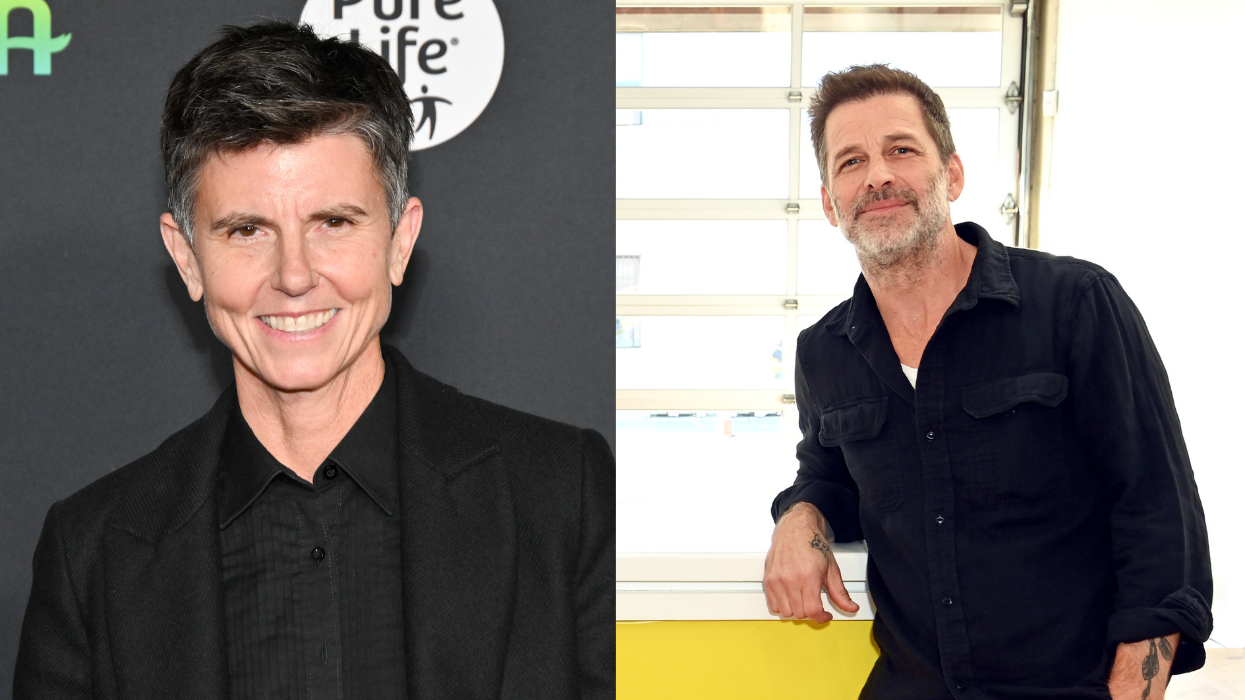
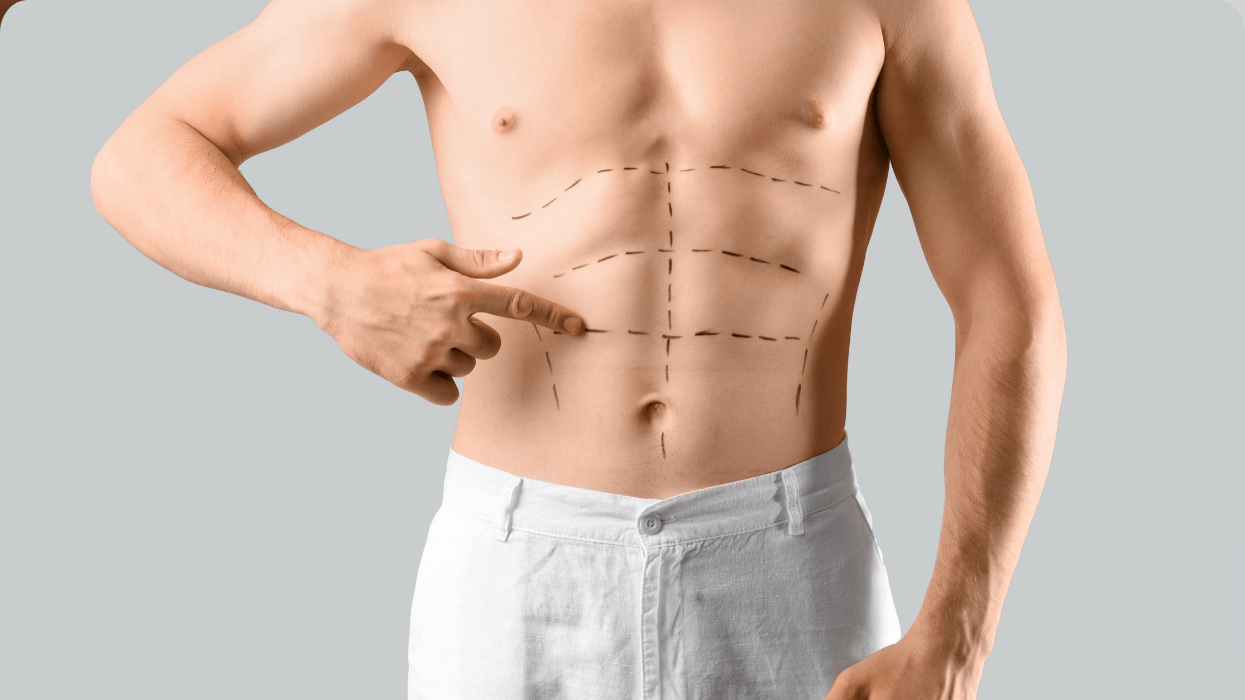

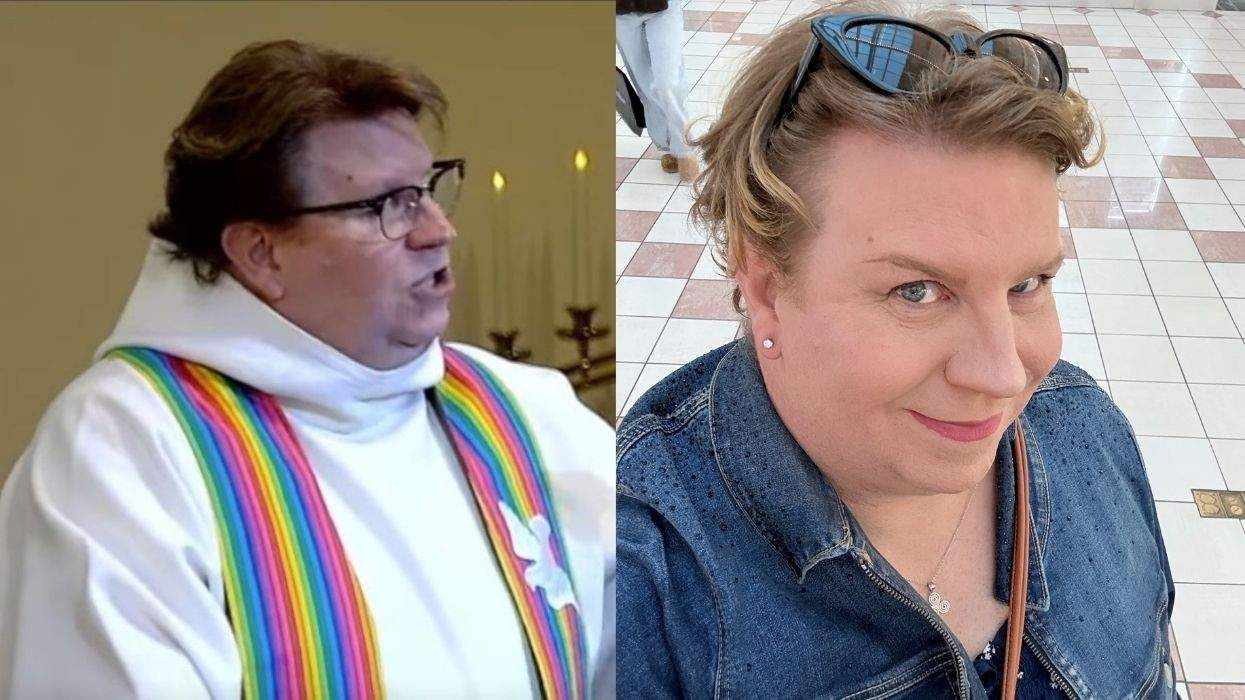

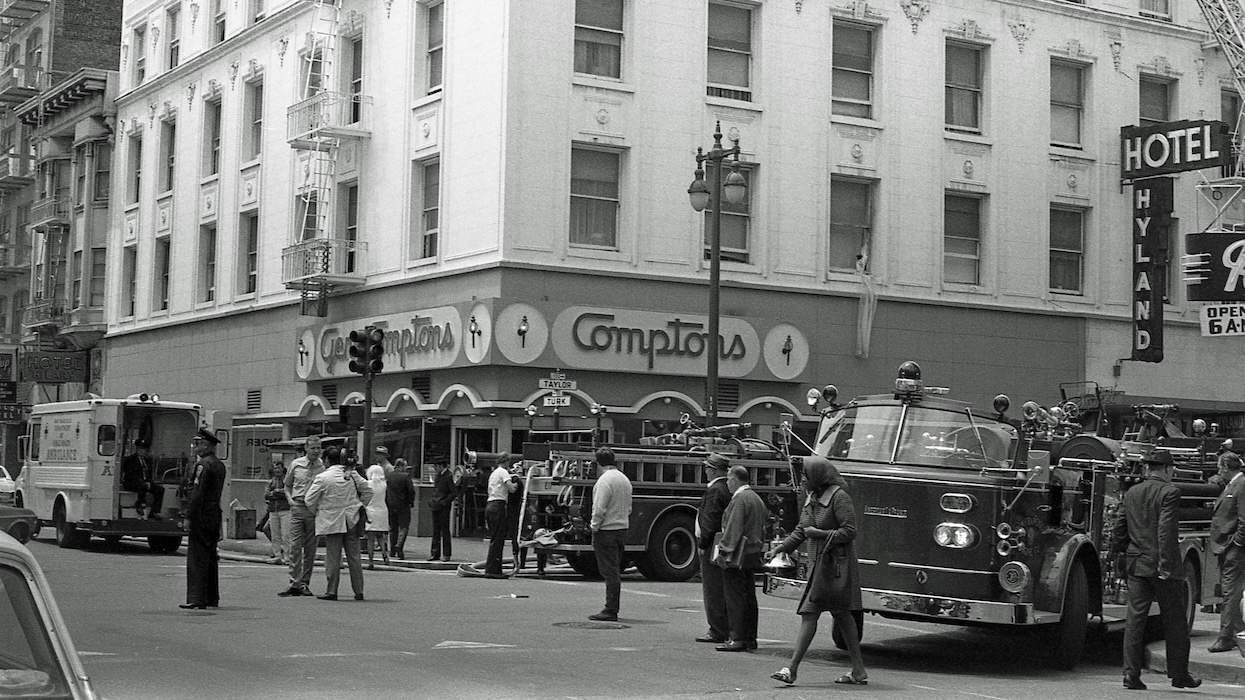
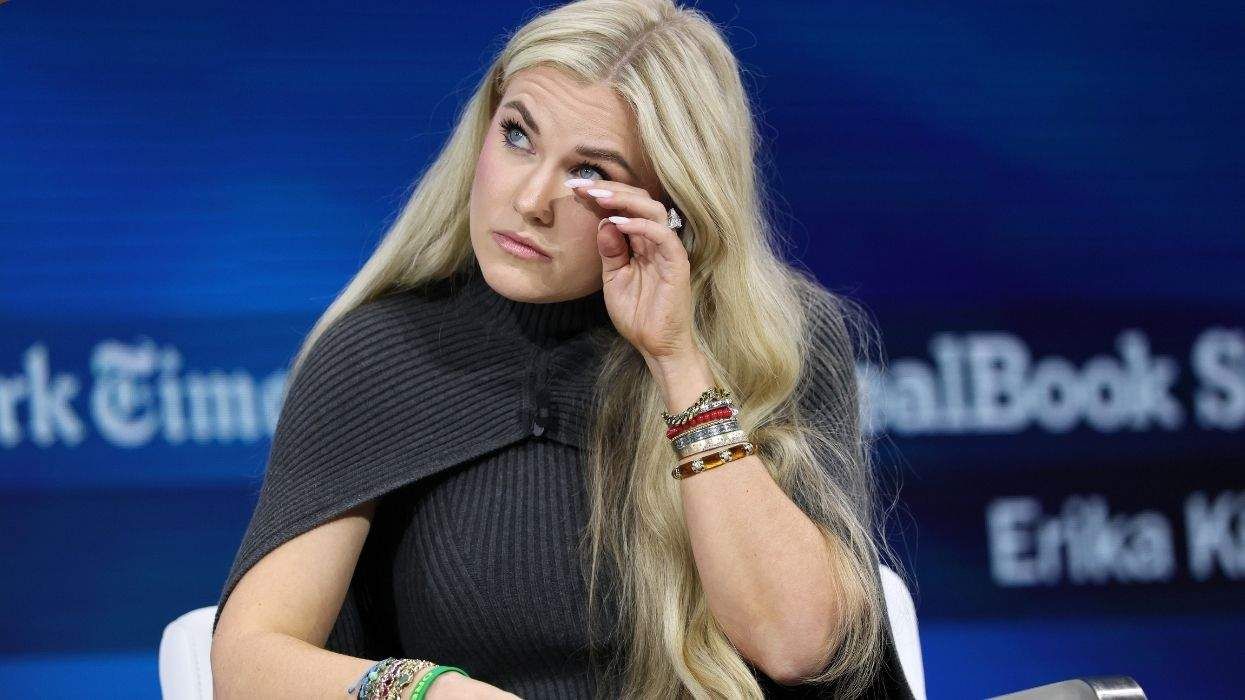
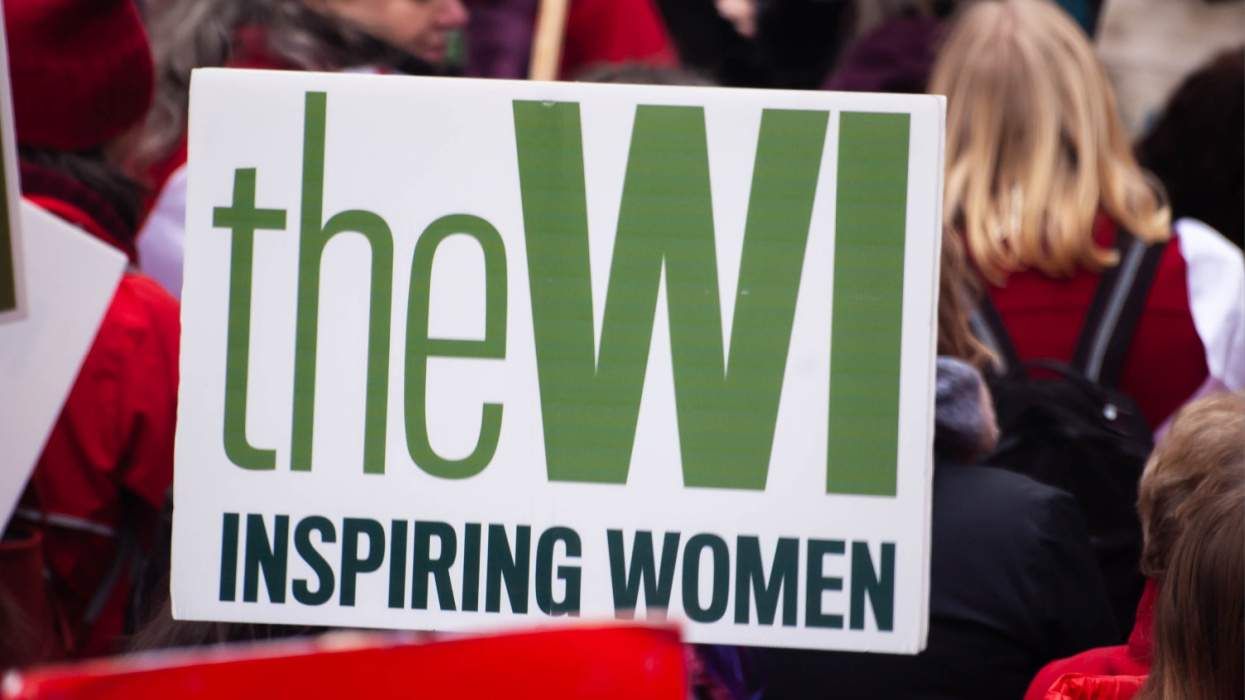

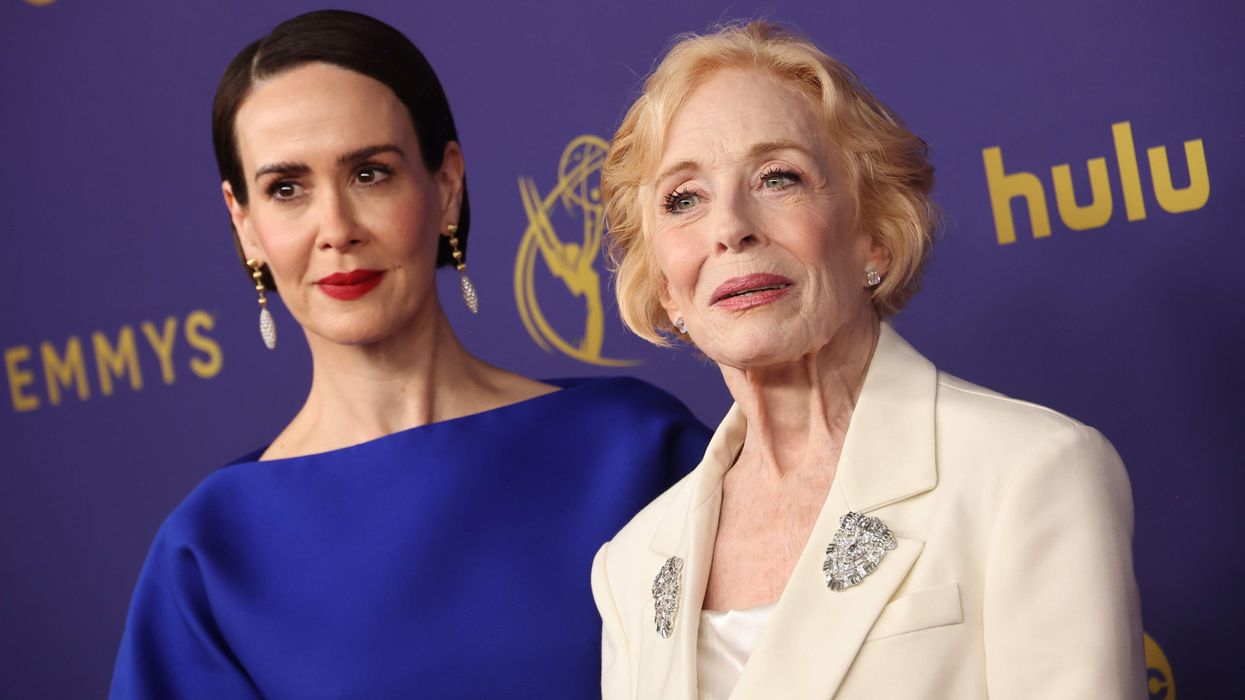
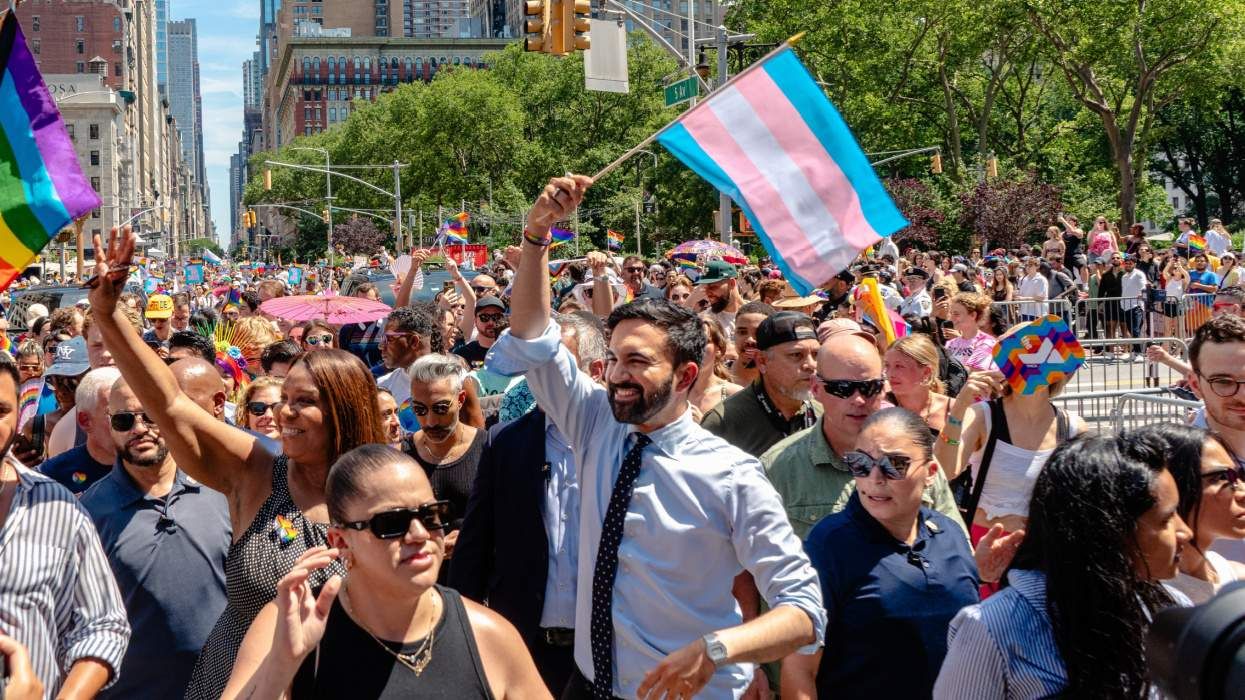
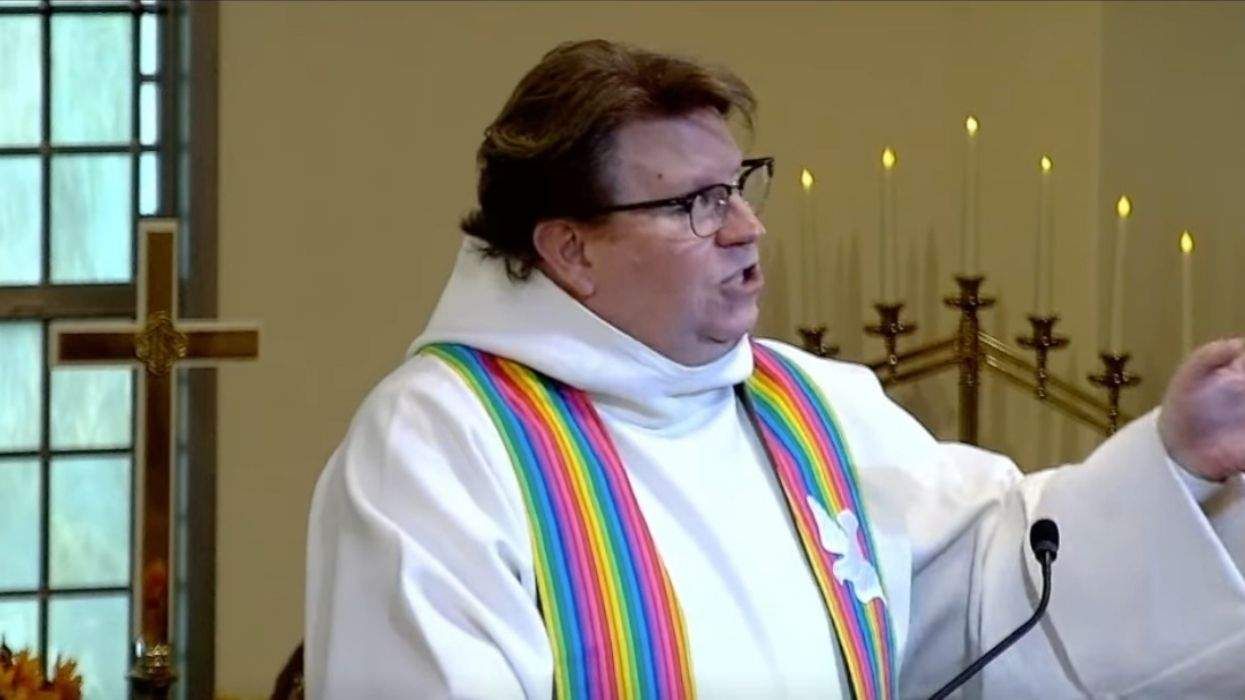
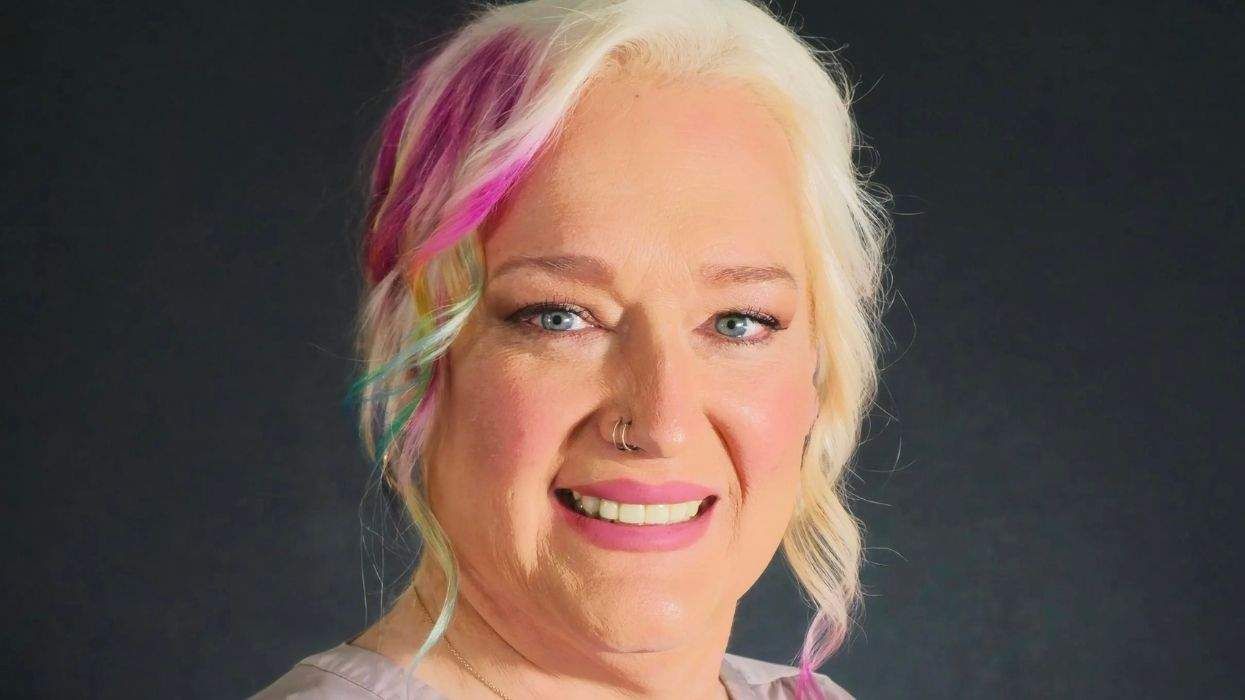
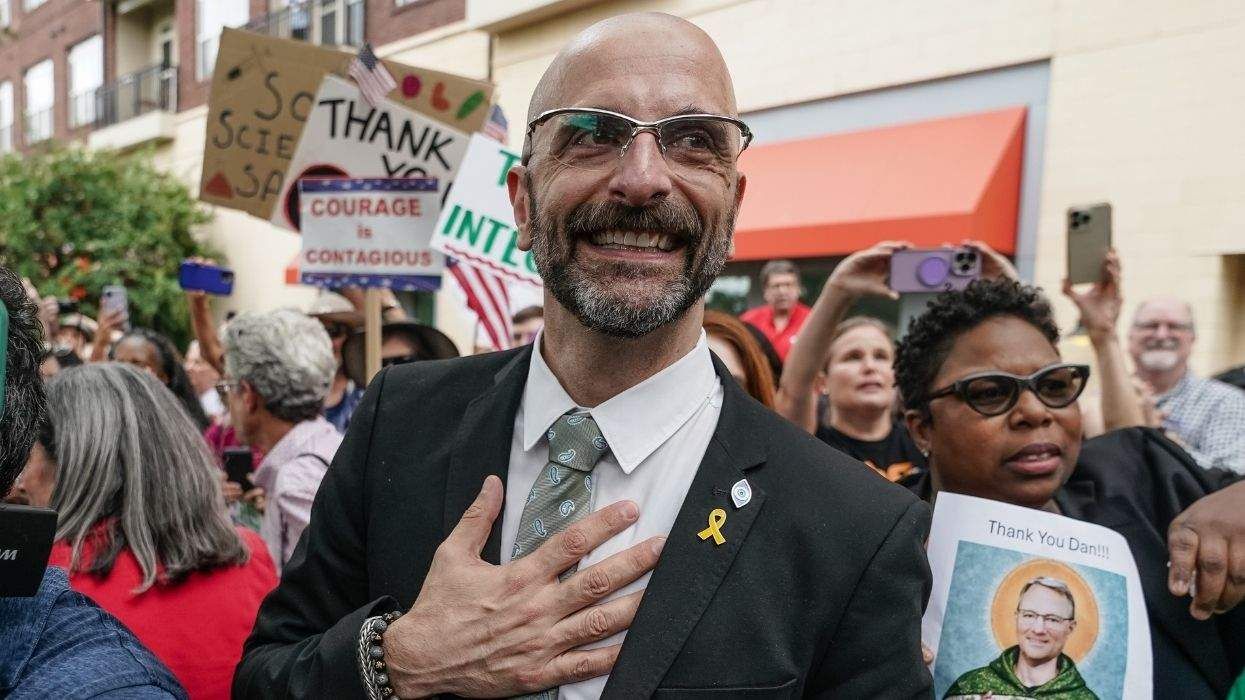
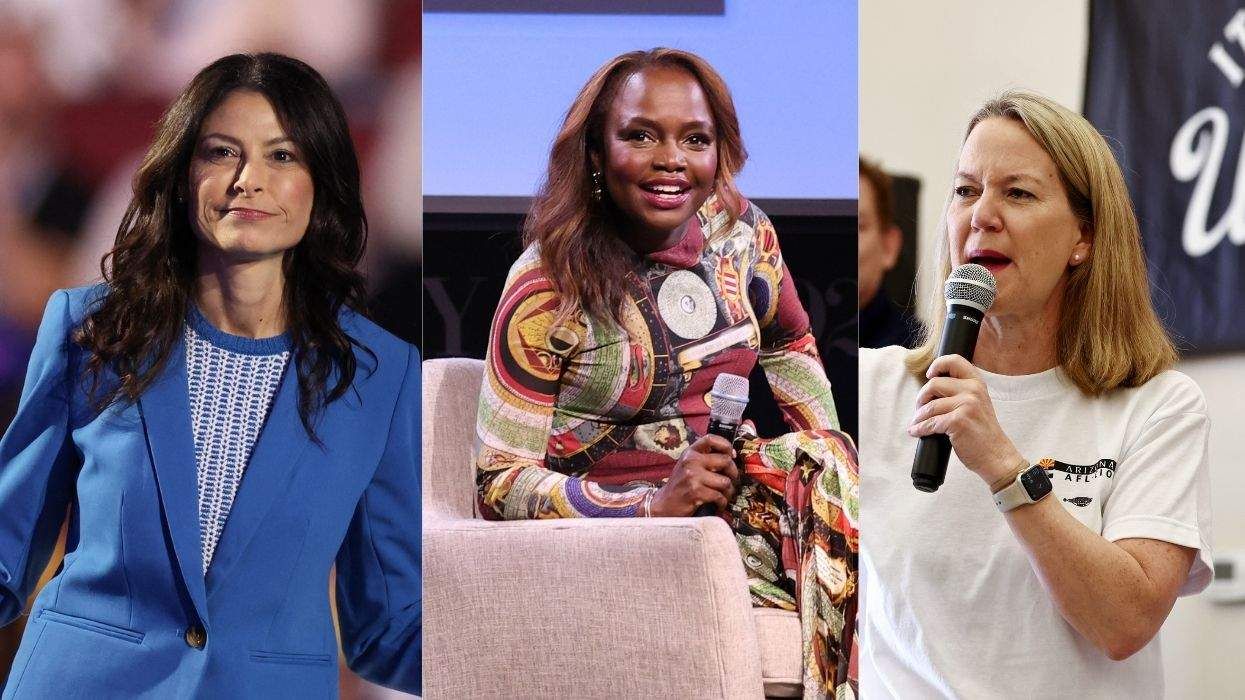
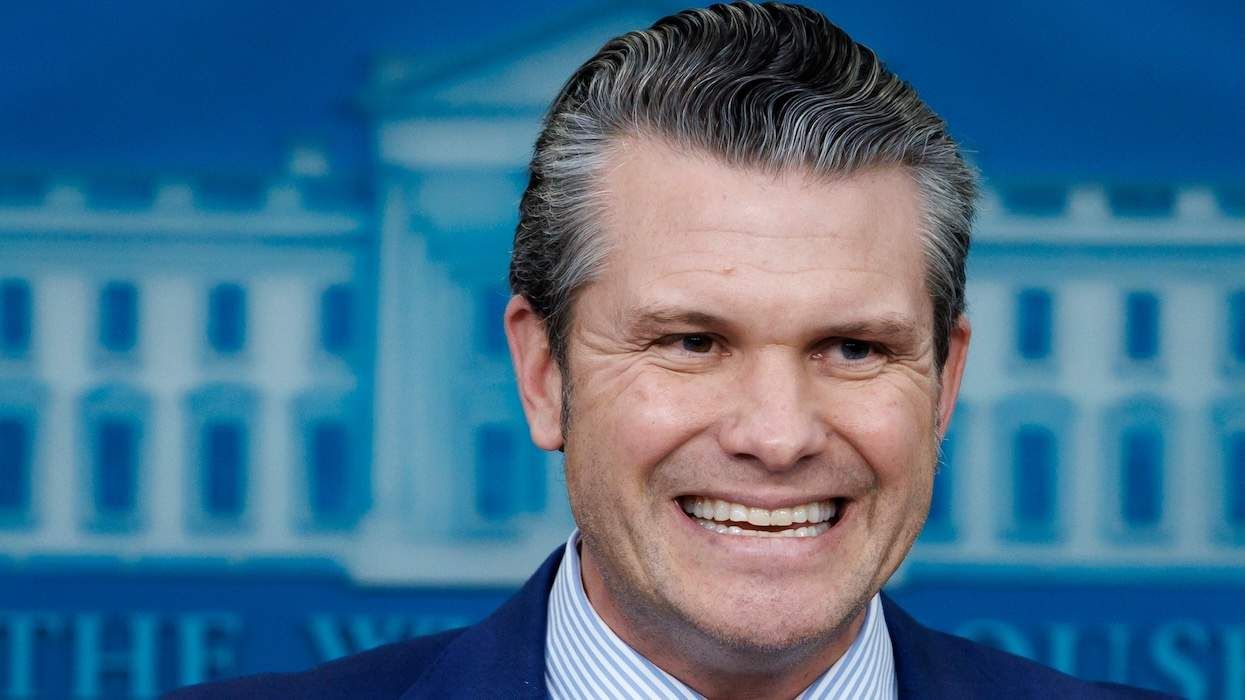
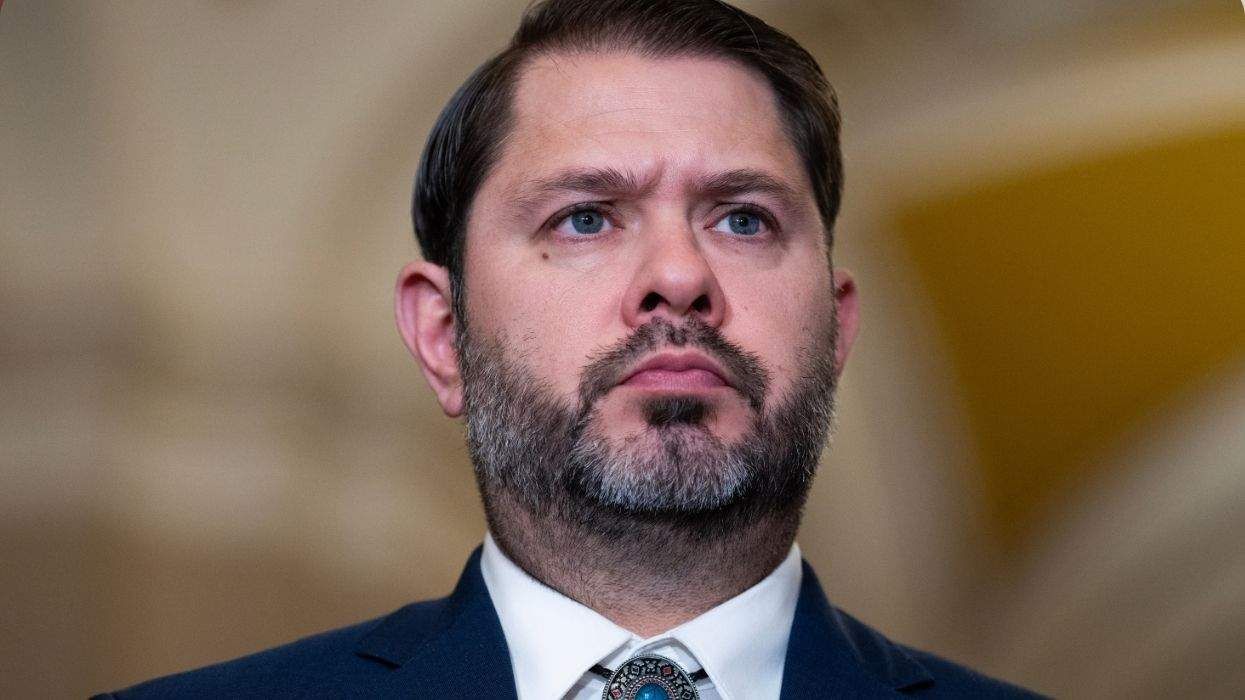
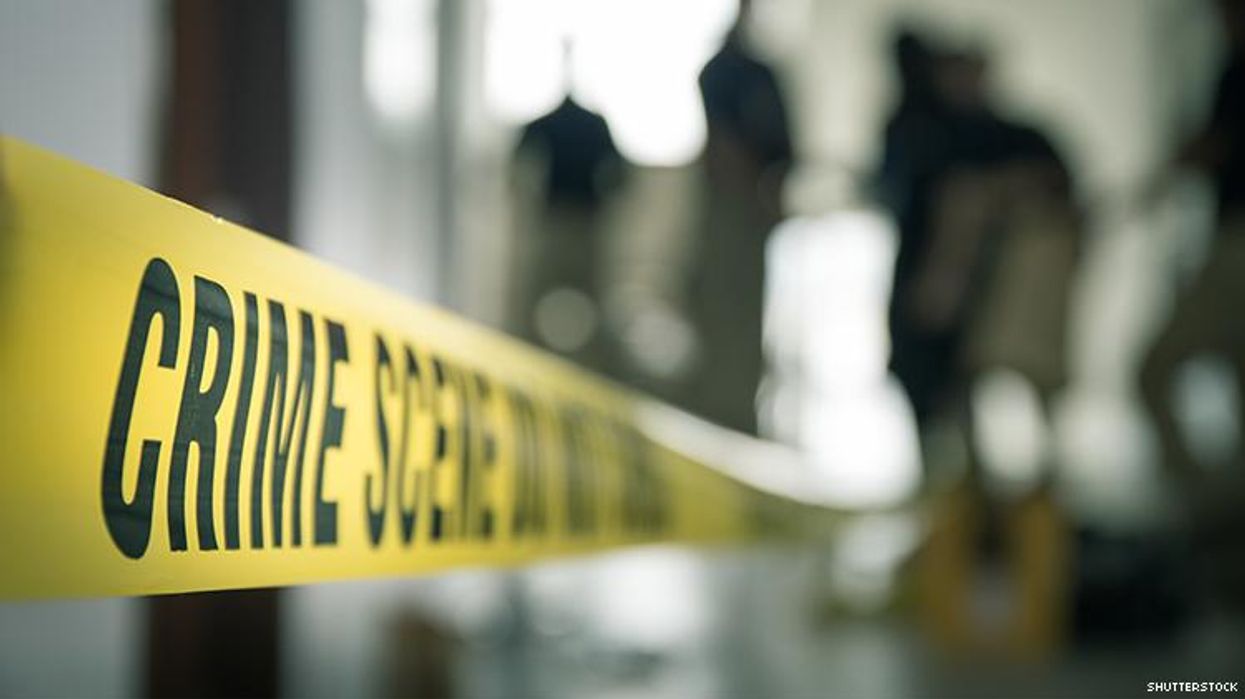










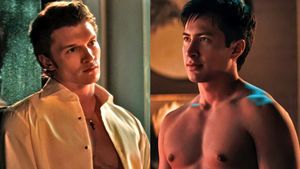




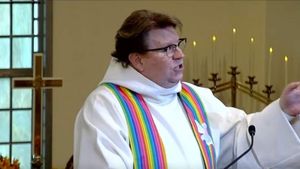











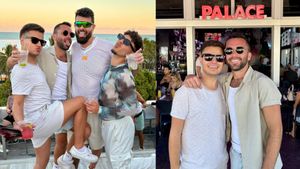


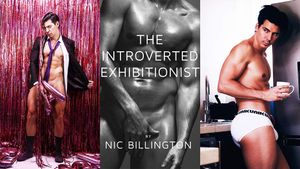
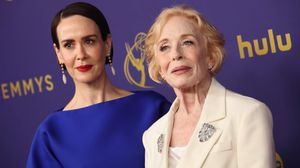
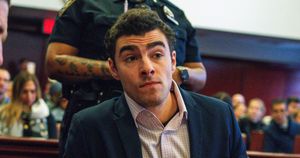







Charlie Kirk DID say stoning gay people was the 'perfect law' — and these other heinous quotes